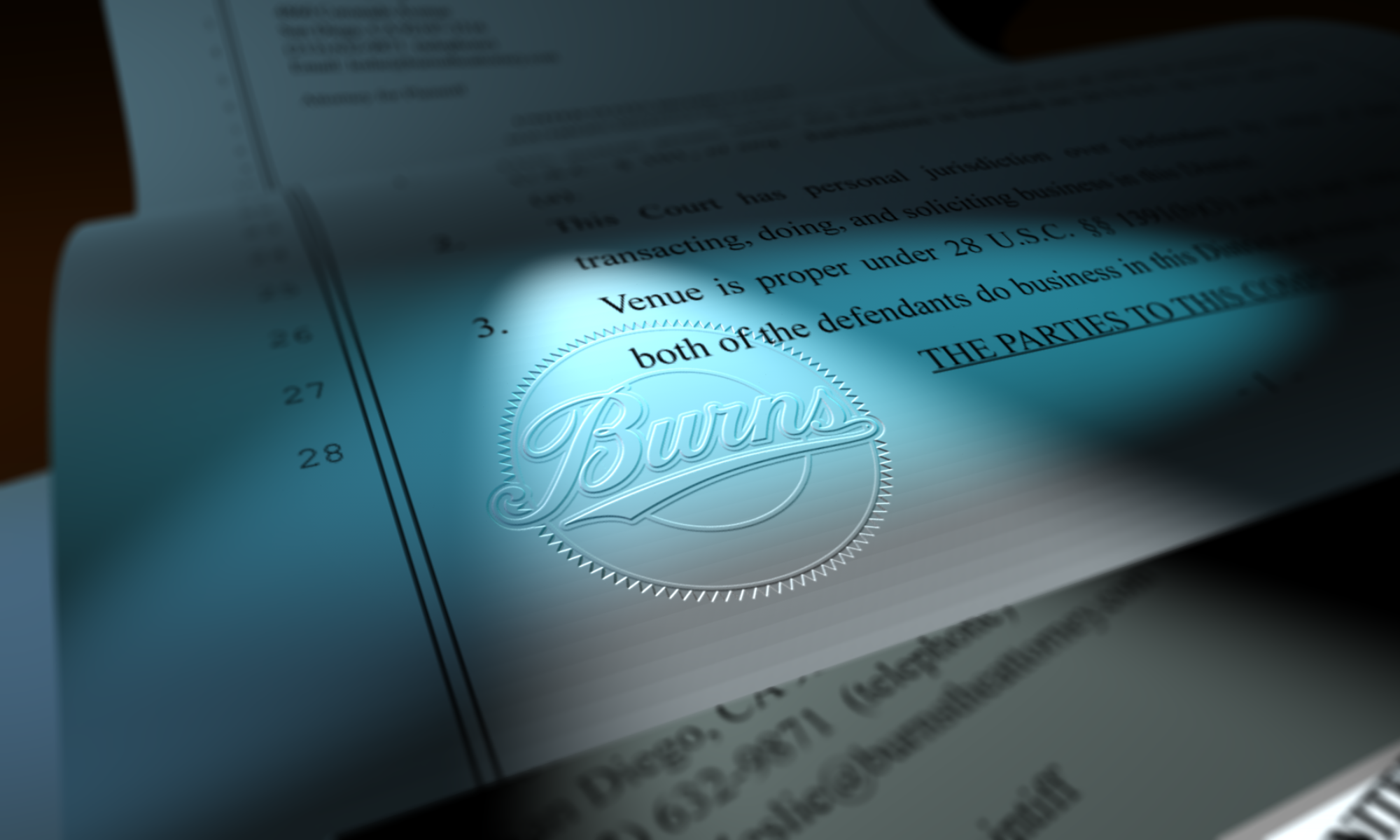I recently had a client bring me a lovely case with multiple images infringed. Nice and clean with registered copyrights and everything. An almost perfect case…
…until I looked at the Effective Date of the registration and the source code of the online use. Sadly, the use started mere days before the Effective Date and so the registration was not timely. While the client could still get actual damages (and infringer’s profits if any), that would be a low number based on the client’s provable license fee rate; so it made the case not something I could take on a contingency-fee basis. Bummer!
Registration is wonderful for protecting your work and adding to your recovery for an infringement, but its timeliness is a big, hard line to those benefits. Sadly, lots of people misunderstand timeliness. I hope this post helps clear up some of the misconceptions.
When you register a copyright (or a group), the registration will be issued with an Effective Date[1]. That date is the magic number—the key. For any infringement that actually starts after that date, you can get statutory damages and (maybe) attorney’s fees. These are called “enhanced remedies,” by the way. Statutory damages go from $750 to $30,000 for non-willful infringement, and up to $150,000 for willful. That’s a lot of room to negotiate a decent pre-suit settlement or, if you have to litigate, to get a valuable award.
But that date is, like I said, a hard line. There is no wiggle room, outside of one exception I’ll explain in a second. So, if your Effective Date is July 1, 2024 and the infringement actually started on July 2, 2024, cool! But if the infringement actually started on June 30, 2024, the registration is not timely and you can’t get those enhanced remedies.
Why do I keep saying actually, in italics? Because the date at issue is not when you find the infringement but rather the date the infringer began violating your rights—copying, displaying, etc., whether you knew it or not yet. If your Effective Date is July 1, 2024 and you found the infringement on December 1, 2024, that doesn’t make the registration timely; you need to find out when the infringement started to know if your registration is timely.
Now, about that one exception I mentioned earlier, this is something people screw up often so, pay attention. If you register your copyright in a work within three calendar months from the date of that work’s first publication, the law works some magic and you can get enhanced remedies for any infringement that started after that first publication date. Congress did this to try to fix the hole where a work is made and quickly published and quickly ripped off, before you get it registered. It’s a solid fix, IF you register your work in time.
First publication is a technical, legal thing, for added crazy here. Publication has a nebulous definition in copyright law—it doesn’t always match with what any normal human would think of as publication. If you offer the work for sale or licensing, it is published on the date you do that, even if the work doesn’t get seen by anyone until later! So, for example, if you shoot for a client, the date of first publication will be the date your deliver the work to the client (digitally, hard copies, whatever) even if they don’t run the work until later. If you shoot for yourself, then a month later post the work on your website and offer it for stock licensing, the date you post it will be its first publication. BUT, if you make a work and post it on, say, your blog without explicitly offering it for licensing, then it is (likely) NOT published.
I know, crazy, right? The easy fix is to always include a line about your work being available for licensing, even on your blog or Instagram or whatever. Then, boom, it’s published and you have a date for that.
To best protect your work, do a group published[2] photographs registration every year on March 31 (for works first published from Jan 1–Mar 31), June 30 (Apr 1 – June 30), September 30 (Jul 1 – Sept 30), December 31 (Oct 1–Dec 31) of each year. That way, ALL your published photos for the year will be timely registered, no matter what. Any infringement of those photos will be eligible for enhanced remedies. Yay!
Then, when you contact any copyright lawyer (like me) with a potential infringement matter, we will be much more likely to be able to help you on a contingency fee (meaning you pay no fees unless we recover something for you).
[1] This date is usually the date you submit the application online, by the way. Even if you don’t get the certificate until much later, the Effective Date will almost always be the application date.
[2] Group Published Photographs registrations require that the works be first published within the same calendar year—this schedule takes that into consideration. See https://copyright.gov/circs/circ42.pdf.
